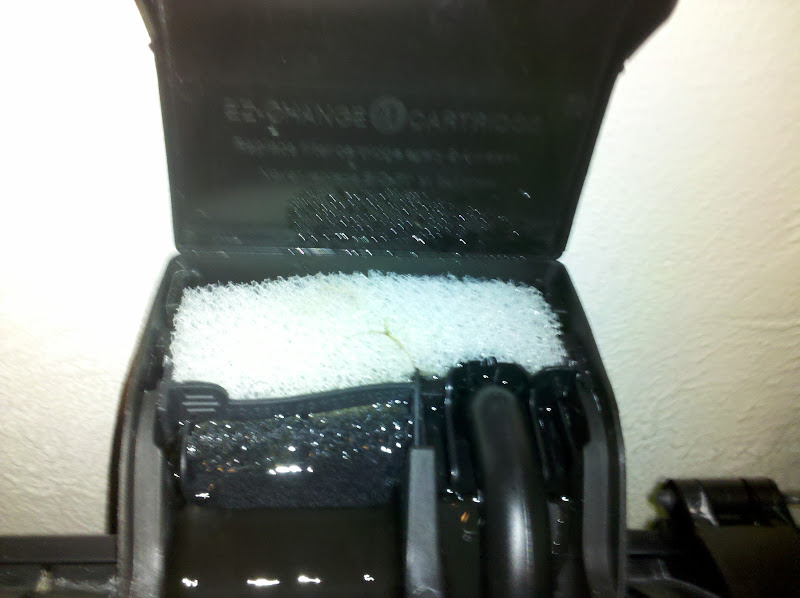The most likely reason for the ammonia spike is when you replaced the filter pad with a new pad. A lot of the bacteria that runs the cycle, sits on those pads.
If you're going to try and rinse your filter pad - then yea, use your tank siphon or some other cup or w/e to drain out a good amount of tank water, then scrub the pad around in the tank water to try and get as much crap off (and out) of it as possible. Rinsing it in aquarium water instead of new water prevents the bacteria from getting killed by chlorine.
The reason I suggested the "replacement method" earlier is because I've found that it is extremely difficult to clean out a floss filter pad compared to a sponge pad. Once they get clogged with gunk, it seems like you'd need a jackhammer to get water flowing through them again - which is probably at least partially by design (so you'll buy more pads).
Again, if you absolutely have to replace the pad because water is overflowing around the pad and not getting filtered - then do A. and/or B.
A. Squeeze the **** out of the old cartridge into the water that's in the filter but behind the new cartridge. essentially you're squeezing bacteria-water right into the new cartridge.
B. If there is room in the filter - try and fit the old cartridge in behind the new one for 1-2 days before you throw it away.

